Iconic French
Coq au Vin
Coq au Vin, meaning "rooster in wine," is a cherished French delicacy that has endured through generations. This robust dish melds tender poultry with a luscious, wine-infused sauce, resulting in a meal that's both soul-satisfying and refined. Whether you're an experienced cook or an enthusiastic novice, perfecting this recipe will introduce a touch of French finesse to your culinary arsenal.
Chef's Notes:
- Coq au Vin is a quintessential French dish that marries chicken, wine, and aromatic vegetables.
- The prolonged cooking method yields succulent meat and a deeply flavorful sauce.
- This versatile recipe can be tailored to suit individual tastes and dietary requirements.
The Origins of Coq au Vin
The roots of Coq au Vin are deeply embedded in French gastronomic heritage. While its precise beginnings remain shrouded in mystery, it's widely believed to have originated among rural communities. Traditionally, mature, tough roosters were utilized, with the extended cooking process in wine serving to soften the meat.
As time progressed, Coq au Vin transitioned from a modest rural fare to a celebrated staple of French cuisine. It garnered global acclaim in the 20th century, due in part to Julia Child's efforts to popularize French cooking across the Atlantic.
In contemporary times, Coq au Vin is savored worldwide, with numerous regional interpretations. While the traditional recipe typically employs red Burgundy wine, you'll encounter variations utilizing other wines or even beer in different regions of France and beyond.
Essential Ingredients
The allure of Coq au Vin stems from its straightforward yet flavorsome components. For an authentic rendition, gather the following:
- 1 whole chicken, sectioned
- 1 bottle of red Burgundy wine (Pinot Noir)
- 8 ounces of bacon lardons
- 1 large onion, finely chopped
- 2 carrots, cut into rounds
- 8 ounces of mushrooms, quartered
- 3 cloves of garlic, finely minced
- 2 tablespoons of tomato paste
- 2 cups of chicken broth
- Fresh thyme sprigs and bay leaves
- Pearl onions
- Butter and olive oil
- Salt and freshly cracked black pepper
Every ingredient plays a vital part in constructing the intricate flavors of this dish. The wine forms the foundation of the sauce, while the bacon imparts a smoky richness. The vegetables contribute texture and additional layers of taste.
Crafting the Dish
Creating Coq au Vin is a culinary journey, but the outcome is truly rewarding. Follow this detailed guide to craft your French masterpiece:
1. Soak the chicken pieces in wine overnight to enhance flavor.
2. Thoroughly dry the chicken and season generously with salt and pepper.
3. In a spacious Dutch oven, render the bacon lardons until crisp. Set aside.
4. Sear the chicken pieces in the bacon drippings until golden. Reserve.
5. In the same pot, sauté the onions, carrots, and garlic until softened.
6. Incorporate tomato paste and cook briefly to remove raw flavor.
7. Deglaze with wine, making sure to scrape up any flavorful browned bits.
8. Reintroduce the chicken and bacon to the pot. Add herbs and broth.
9. Allow to simmer gently for approximately an hour until the chicken is fork-tender.
10. Meanwhile, sauté mushrooms and pearl onions in butter in a separate pan.
11. Introduce the sautéed mushrooms and onions to the pot in the final 15 minutes of cooking.
12. Taste and adjust seasoning before serving hot.
The secret to an exemplary Coq au Vin lies in unhurried cooking. Allow ample time for the flavors to mingle and intensify. The result will be a dish boasting tender chicken enrobed in a sauce that's rich, silky, and bursting with flavor.
Accompaniments
While Coq au Vin is a complete meal in itself, it's traditionally paired with sides that enhance its rich flavors. A crusty French baguette is essential for mopping up the delectable sauce. Creamy mashed potatoes or buttered egg noodles serve as excellent accompaniments.
For an authentic French dining experience, serve your Coq au Vin alongside a glass of the same wine used in its preparation. A crisp green salad can provide a refreshing counterpoint to the richness of the main course.
Contemporary Twists
While the classic recipe is undeniably delicious, don't shy away from experimentation. Some modern interpretations include:
- Substituting white wine for a lighter version (Coq au Vin Blanc)
- Incorporating cream for a more luxurious sauce
- Experimenting with different herbs such as rosemary or tarragon
- Utilizing boneless, skinless chicken for quicker preparation
- Adding root vegetables like parsnips for additional heartiness
Remember, cooking is a creative endeavor, and Coq au Vin provides a canvas for your culinary imagination. Feel free to modify the recipe to align with your personal preferences and dietary considerations.
Nutrition Facts
Despite its reputation as an indulgent dish, Coq au Vin can be part of a well-balanced diet. The chicken provides a good source of lean protein, while the vegetables offer essential vitamins and minerals. The red wine used in cooking contributes beneficial antioxidants.
Here's an approximate breakdown of the nutritional content for a serving of Coq au Vin:
-
- Calories: 350
- Protein: 25g
- Fat: 20g
- Carbs: 10g
- Fiber: 2g
Note that these values may vary depending on specific ingredients and portion sizes.
Secrets to Perfecting Coq au Vin
To elevate your Coq au Vin to new heights, keep these suggestions in mind:
- Select a high-quality wine that you would enjoy drinking on its own.
- Embrace the slow cooking process. Patience is key to developing deep flavors.
- For a more luxurious sauce, consider adding a beurre manié (equal parts flour and butter kneaded together) towards the end of cooking.
- Allow the dish to rest briefly before serving to let the flavors settle.
- Coq au Vin often develops even richer flavors overnight, so consider preparing it in advance.
With these tips and some practice, you'll soon be creating restaurant-quality Coq au Vin in your kitchen.
Final Thoughts
Coq au Vin is more than just a recipe; it's an exploration of French culinary tradition. From its modest beginnings to its current status as a gastronomic icon, this dish embodies the French philosophy of cooking – transforming simple ingredients through technique and time into something truly extraordinary.
Whether you're preparing a meal for a special occasion or simply want to indulge in a gourmet experience at home, Coq au Vin is sure to leave a lasting impression. So uncork a bottle of wine, don your apron, and embark on this delightful French culinary adventure. Bon appétit!
FAQs
Is overnight marination essential for the chicken?
While an overnight marinade can significantly enhance the flavor, it's not crucial. If time is limited, even a few hours of marination can make a noticeable difference. Alternatively, you can proceed without marination and still achieve a delicious outcome.
Can I substitute boneless chicken for a whole bird?
Certainly! Although traditional recipes call for bone-in chicken pieces, you can easily use boneless chicken for convenience. Keep in mind that boneless cuts tend to cook more quickly, so you'll need to adjust your cooking time accordingly.
What can I use instead of bacon lardons?
If pork is off the menu or lardons are unavailable, consider using pancetta, turkey bacon, or simply omitting it altogether. For a vegetarian twist, try incorporating smoked mushrooms to achieve that coveted umami flavor.
Is it possible to prepare Coq au Vin in a slow cooker?
Absolutely! Coq au Vin adapts beautifully to slow cooking methods. Begin by browning the chicken and vegetables as per the original recipe, then transfer everything to your slow cooker. Cook on low heat for 6-8 hours or on high for 4-6 hours.
What wine complements Coq au Vin best?
A medium-bodied red Burgundy (Pinot Noir) is the traditional choice. However, any light to medium-bodied red wine with good acidity will pair nicely with the dish. A Beaujolais or Côtes du Rhône would also make excellent alternatives.







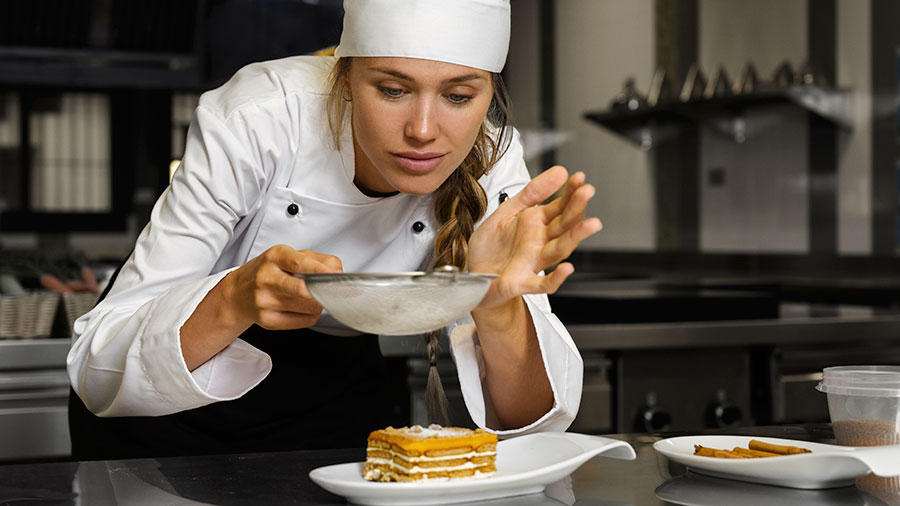

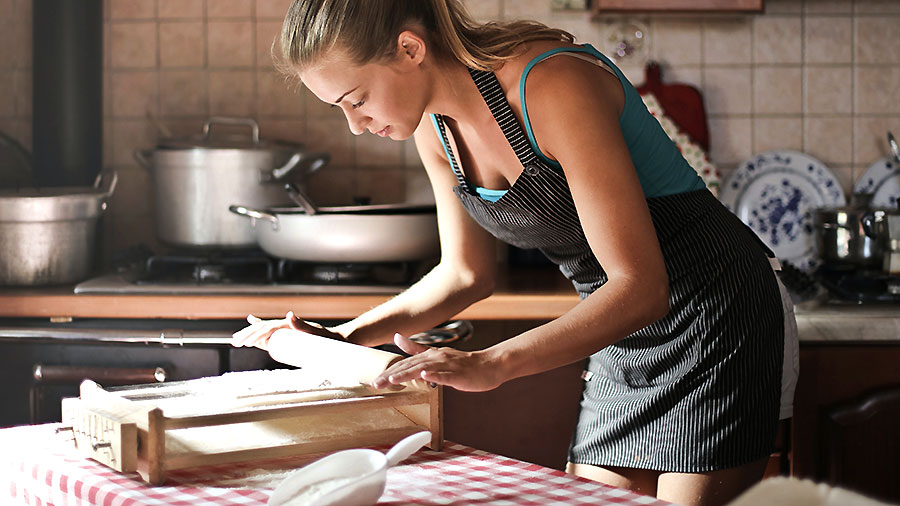

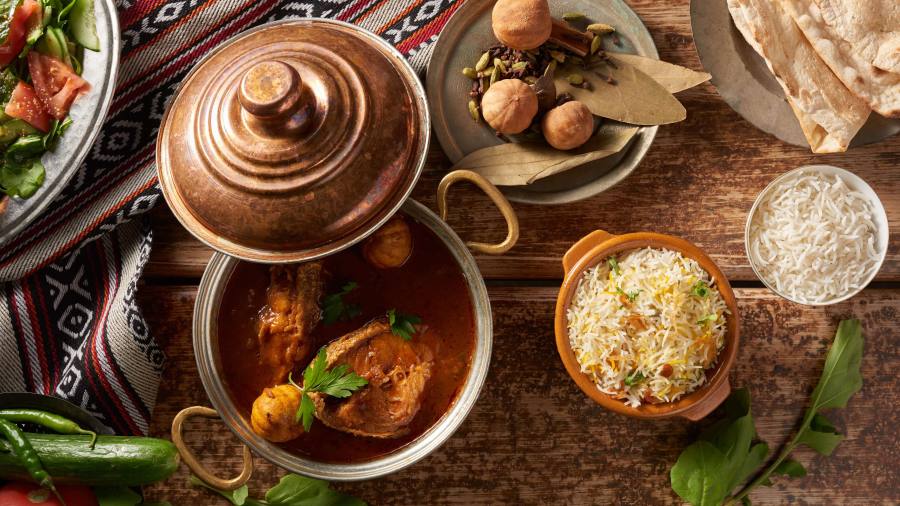














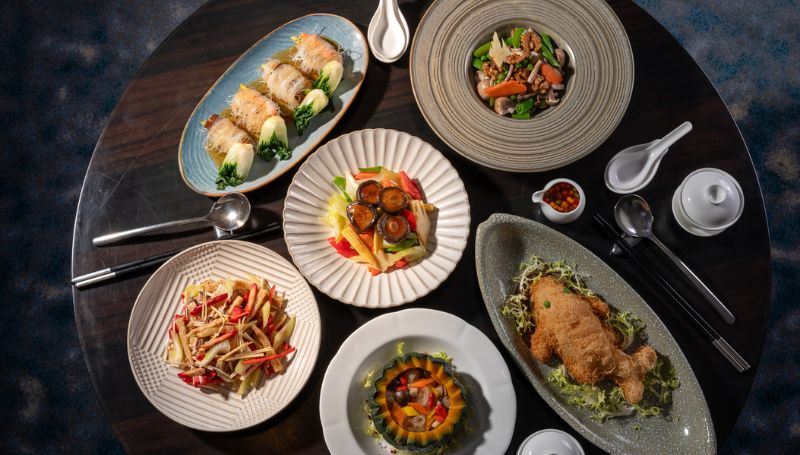


 Gastronomy Cities
Gastronomy Cities
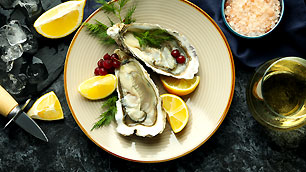 Amazing Food
Amazing Food
 Chef's Talk
Chef's Talk